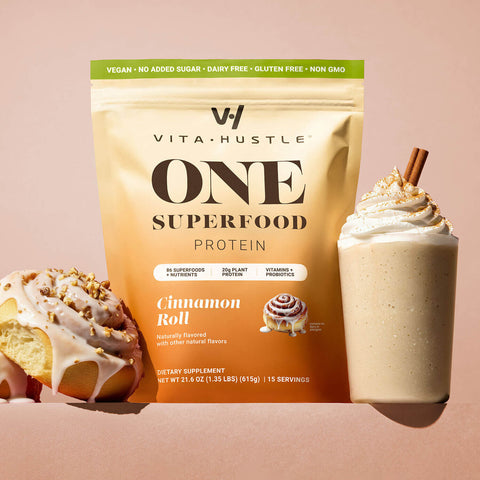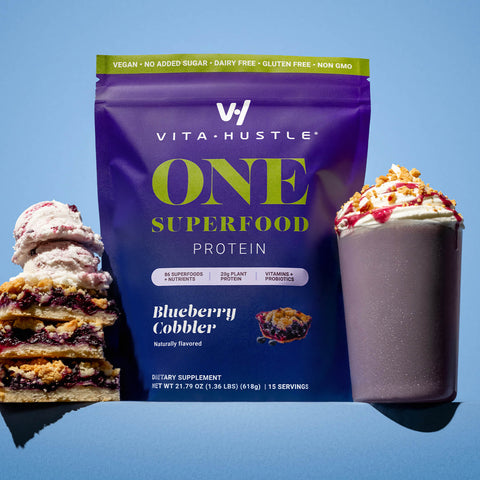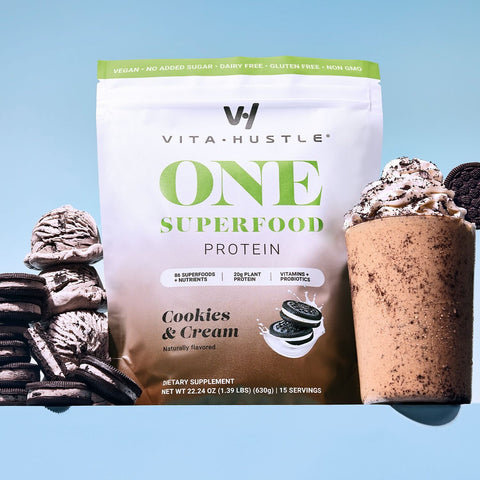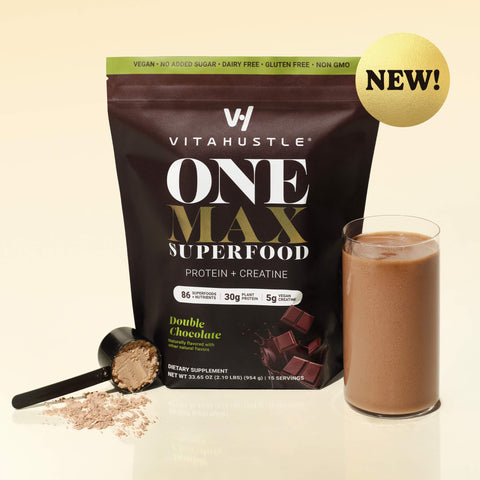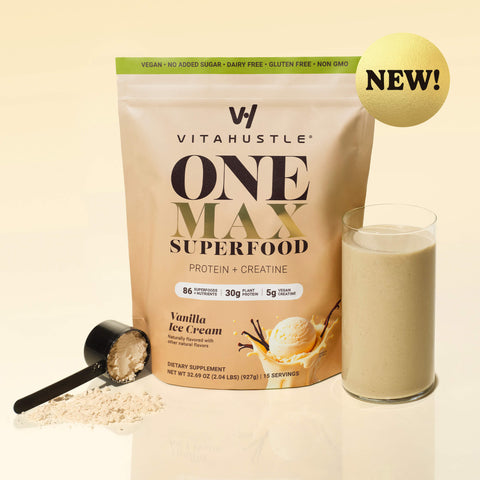If you’re a cardio fiend, and you live for a runner’s high or hammering that low gear during a long flat on your carbon fiber road bike, then you probably have a love-hate relationship with winter. The brisk weather is a nice change, but it can quickly turn frigid (polar vortex, anyone?) and the evening light disappears quickly. And that’s not all. Research shows that incidence of the common cold actually increases in the frigid months. The cold temperature itself doesn’t cause the illness (no matter what your grandmother says), but the chilly dry air allows the pesky bacteria to survive longer, helping it spread to more people. There’s also some evidence that the cold weather might dampen the immune response, making it harder for you to fight off the germs.
Despite all of this, there’s no reason to hibernate through the winter and lose all of the conditioning you built up during the warmer months. There are plenty of ways to maintain your cardio fitness until spring arrives.
Bundle Up: If you do choose to exercise in the cold, get the right gear. Experts recommend three layers. The first layer (next to your skin) should be a technological fabric that wicks moisture away from your body. Fleece is a good choice for the second layer, which provides warmth and insulation. The outer layer should be a waterproof windbreaker to fight the elements.
Join a Class: Let the cold weather inspire you to try something different. Check out any of the new breeds of group fitness gyms, such as Orange Theory or F-45. Even the old-school classes at your gym, like indoor cycling, body pump, or even Zumba, can get you breathing in an entertaining way. If you’re a die-hard runner or cyclist, the change of movement patterns and utilization of slightly different muscle groups can give you an edge when you get back to your cardio of choice.
Jump Rope: The most underrated form of cardio is jumping rope. It’s cheap, space efficient, and burns a ton of calories. Not to mention, it’s fun. Some experts think that jumping rope might even be good for the brain. Research has shown that aerobic exercise helps improve neuroplasticity, the ability of the brain to build new structures in order to learn and acquire skills. Coordinating the left and right sides of your body, as you do in jumping variations, is thought to be particularly good for supporting brain health and neuroplasticity.
Get Creative at Home: With a little gear, you can perform any number of high-intensity interval training workouts at home that will tax your cardiovascular system.
Kettle Bell Hell: Perform 30 seconds of non-stop kettlebell swings, and then rest for 30 seconds. Do this for 10 minutes.
EMOM: Every minute on the minute for 10-20 minutes perform five push-ups, 10 sit-ups, and 15 squats. Whatever time is left in each 60-second block is your rest interval. Feel free to adjust the reps to your fitness level.
Death by Burpees: Start a clock. Perform one burpee at the top of minute one. Perform two burpees at the top of minute two. Proceed in that fashion until you fail to complete the required burpees. If you can last longer than 13 minutes, you’re an animal.











